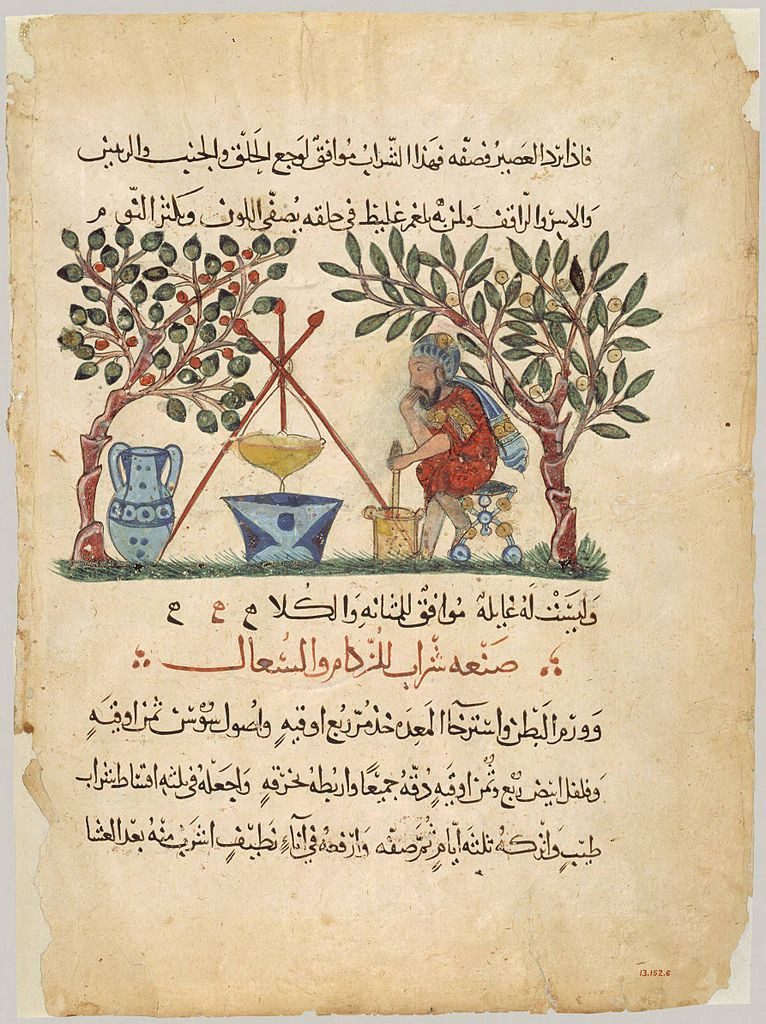
Some more lines from the manuscript, this time focusing on medicine:
In medicine, the Western debt to the Arabs is every bit as great as in the fields already mentioned. The great Montpelier medical school in France, for instance, was founded by Arab doctors fleeing from Spain during the Reconquista. Up to the end of the sixteenth century, the medical curriculum of European universities was based upon Avicenna’s great textbook al-Qanun (“The Canon”).
A brief listing of Arab innovations in the medical and biological sciences should serve to illustrate how creative they were in this area. Al-Razi, a leading philosopher and physician of the ninth and tenth centuries, was the first doctor to diagnose and correctly describe smallpox. Furthermore, he and Avicenna invented a therapeutic technique that they called al-ilaj al-nafsani, or “the spiritual cure.” It involved leading the patient back to forgotten memories as a step toward his or her recovery and it can easily be considered a ninth-century forerunner to psychoanalysis. By the tenth century, an Arab named al-Majusi had a rudimentary idea of the capillary system. At the same time, a prolific writer named al-Mas’udi was speculating about the evolution of more complex animals from simpler ones. Was he a precursor of Darwin? Already in early medieval Baghdad, there were hospitals devoted to such specialties as ophthalmology, teaching and training new physicians, and caring for the insane. (And these early mental asylums were a far cry from the barbarous and inhuman places that came along much later in Europe, places like London’s St. Mary of Bethlehem hospital for lunatics, from which our word bedlam comes.) Ibn Khatib, a scholar and physician of fourteenth-century Grenada, was the first known person to recognize the fact of contagion.
During the Crusades, Frankish (Western) and Muslim doctors often worked side by side. The Muslims were appalled by what they saw. For a leg or an arm wound, the Europeans would cut the appendage off with an axe. Not surprisingly, the usual outcome of such “treatment” was either the patient’s instantaneous death or a lingering and painful demise from gangrene. Less drastic treatments, but no more effective in aiding recovery, included shaving the patient’s head, exorcism of the evil spirit that was causing his fever or his infection, or the incision of a cross in the afflicted part of his body to let the sickness, or injury-demon, out. It is small wonder that the Crusader states tended to adopt Arab ways. Once they got a feel for their new Near Eastern environment and realized how far advanced the Muslims were by whom they were surrounded, they were eager to learn. They wanted, after all, to live quality lives. Indeed, they simply wanted to live.
Posted from Laie, Oahu, Hawai’i












